Comprehensive Electromyography With Clinical Correlations and Case Studies

DESCRIERE
Electromyography (EMG) is a technique for evaluating and recording the electrical activity produced by nerves and muscles. Interpreting EMG is a mandatory skill for neurologists and rehabilitation specialists. This textbook provides the reader with a detailed discussion of the concepts and principles underlying electrodiagnostic medicine. It is written for an audience without pre-existing knowledge in this discipline, including beginner technicians and physicians in training. It is an ideal review for seasoned practitioners and those preparing for board examinations. It begins with a review of the foundational sciences and works through the field in twenty chapters, including a large number of case studies demonstrating correct application and interpretation. Appendices of information frequently required in the EMG laboratory, such as Nerve Conduction Study techniques and their age-related normal values, anatomic regions assessed by each NCS and needle EMG studies, safety issues, and other important topics, are also included.
- Provides a large number of cases, each of which is discussed as the study unfolds, allowing the reader to 'think through' the findings with the author
- Contains reference information frequently sought in the day-to-day practice of electromyography (EMG)
- Includes essential EMG skills exercises such as interpreting waveforms, calculating the degree of the various pathophysiologies producing the lesion, and calculating motor unit action potential (MUAP) parameters, recruitment ratios, and firing rates
Table of Contents
Part I. Introductory Chapters:
1. Basic electricity and electrical concepts pertinent to EDX medicine
2. Instrumentation
3. Anatomy and physiology of neurons
4. Anatomy and physiology of the neuromuscular junction
5. Anatomy and physiology of muscle
Part II. Nerve Conduction Studies:
6. Electrodes and nerve conduction study basics
7. Motor nerve conduction studies
8. Sensory nerve conduction studies
9. The NCS manifestations of various pathophysiologies
10. The utility of NCS for lesion localization and characterization
11. Late responses and blink reflexes
12. Repetitive nerve stimulation studies and their manifestations
Part III. Needle EMG:
13. The needle electrode examination (Needle EMG)
14. The Needle EMG manifestations of pathology
15. Single fiber EMG and macro EMG
Part IV. Other Pertinent Information:
16. Assessment, prognosis, and initial management of peripheral nerve injuries
17. The EDX Manifestations of Disorders at Various Levels of the Neuraxis
18. Common pitfalls and their resolution
19. Safety issues
20. Nontechnical issues, the patient encounter, and the EDX report
Part V. Case Studies in Electrodiagnostic Medicine: Case 1 through Case X
Part VI. Appendices: Appendix 1. Anatomy of the brachial and lumbosacral plexuses
Appendix 2. Anatomy of the major upper and lower extremity nerves
Appendix 3. The myotomes of the upper and lower extremities
Appendix 4. The SNAP, CMAP, and needle EMG domains of the brachial plexus
Appendix 5. The sensory and motor NCS techniques used in our EMG laboratories
Appendix 6. The age-related, normal control values for the sensory and motor NCS
Appendix 7. Our screening sensory NCS, motor NCS, and needle EMG studies
Appendix 8. The advantages and disadvantages of the EDX test components
Appendix 9. Needle EMG findings with lesions at various levels of the neuraxis.
Categorii de carte
-Comandă specială
-Edituri
-Promo
-Publicaţii Callisto
-Cărţi noi
-- 916,65 leiPRP: 1018,50 lei
- 2310,00 leiPRP: 2520,00 lei
- 552,83 leiPRP: 614,25 lei
Promoţii
-- 152,25 leiPRP: 304,50 lei
- 189,00 leiPRP: 630,00 lei
- 590,63 leiPRP: 787,50 lei


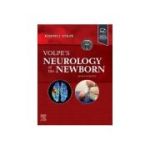

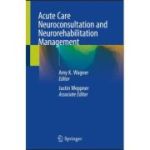
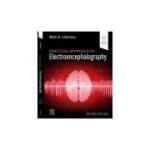
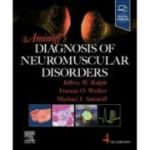
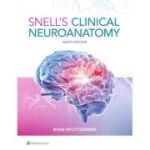




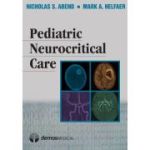
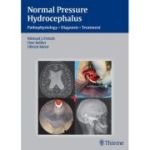

REVIEW-URI